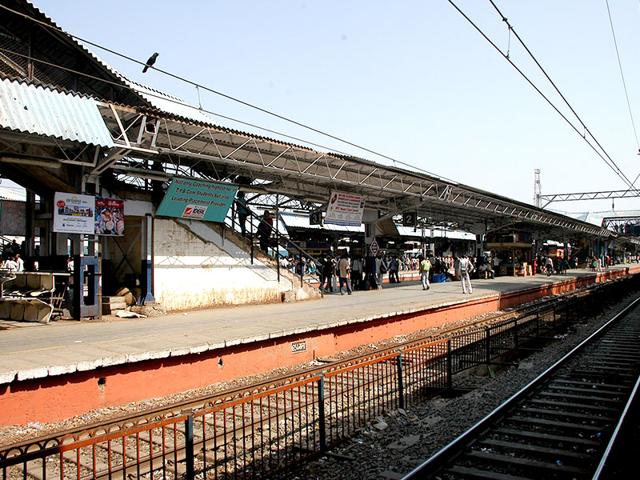Mumbai needs integrated transport authority
What will it take for planner-politicians to realise that transport problems of Mumbai cannot be resolved unless they have been sorted out for places such as Nalasopara, Virar, Kalyan, Dombivli, indeed the entire MMR?
Back in the 1980s, a trivia from a newspaper interview with well-known singer Asha Bhonsle stuck in the recesses of memory. In it, she spoke of her early days of struggle to build her career and the enormous effort it took to manage a family and travel by the suburban train from “far-off Borivli to Bombay”, where most musicians and recording studios were located. But isn’t Borivli in the city?

It was the colloquial way to demarcate the economic core of the city from its suburbs. The bit about “going to Bombay” was a piece of regular suburban conversations, especially among traders, jewellers and stock brokers in the Malad-Borivli belt. In terms of distance, approximately 34km, it made sense to refer to it as if it were a different city. This and similar references, anecdotally speaking, changed as the demographic geography of the city transformed from the mid-1990s.
The latest data sets from the Western Railway suggest that the fastest growth of commuters has been, not in the suburbs, but the extended suburbs. Borivli, which was considered the frontier on the city’s western edge, saw a drop of 2% in number of originating commuters a day in the past five years, from 2.93 lakh commuters to 2.87 lakh a day. The far suburb of Nalasopara, roughly the same distance of 35-40km from Borivli to its north, registered the highest increase of 30.3% in these years. Virar, beyond Nalasopara, saw the next highest increase of nearly 22% in the number of originating commuters a day, according to the data. The Central Railway, too, mirrors this trend.
The most interesting aspect is that the total number of suburban commuters on the Western Railway has increased by 3.5% in the five years. The suburban line transports 3.5 million commuters a day and the Central line nearly 4 million. Read with the huge rise in the ownership of cars and two-wheelers in this period, it means that even as a certain section of Mumbaiites shift from public to private transport, mass commuting is still overwhelmingly loaded in favour of the suburban railways.
This decade has witnessed what might be called the rise of the far suburbs or the ‘Outer Mumbai’ as urban geographers call it. In this parlance, the old city centre is the ‘Core Mumbai’ and the suburbs on the both the railway lines ‘Inner Mumbai’. The Census 2011 data, too, bears this out: The de-industrialisation of the city in the 1980-90s and the rise of the informal service economy saw a concurrent decline in the population in the core city; a slight increase in the suburbs; and a phenomenal increase in the extended suburbs as newer areas transformed into satellite business districts.
However, transport planning has remained in the rut that it used to be. It is skewed in favour of private transport, focussed on core city connections, and fragmented in such a way that plans for road, rail, metro and elevated corridors remain in silos that are helmed by different agencies. Integrated transport planning is the need of the hour.
The time has come for the city to have a single agency that manages all forms of commuting and plans accordingly instead of the mode-specific piece-meal single-project planning that has been the norm since the 1990s. It means that existing multiple power centres relinquish their roles to one authority – something that will not happen with ease or speed. In the absence of a unified approach, transport policy discussions remain centred on projects, such as the ill-conceived coastal road project.
What will it take for planner-politicians to realise that transport problems of Mumbai cannot be resolved unless they have been sorted out for places such as Nalasopara, Virar, Kalyan, Dombivli, indeed the entire MMR? Mumbai's geography extends well beyond Borivli, the planning must too.




